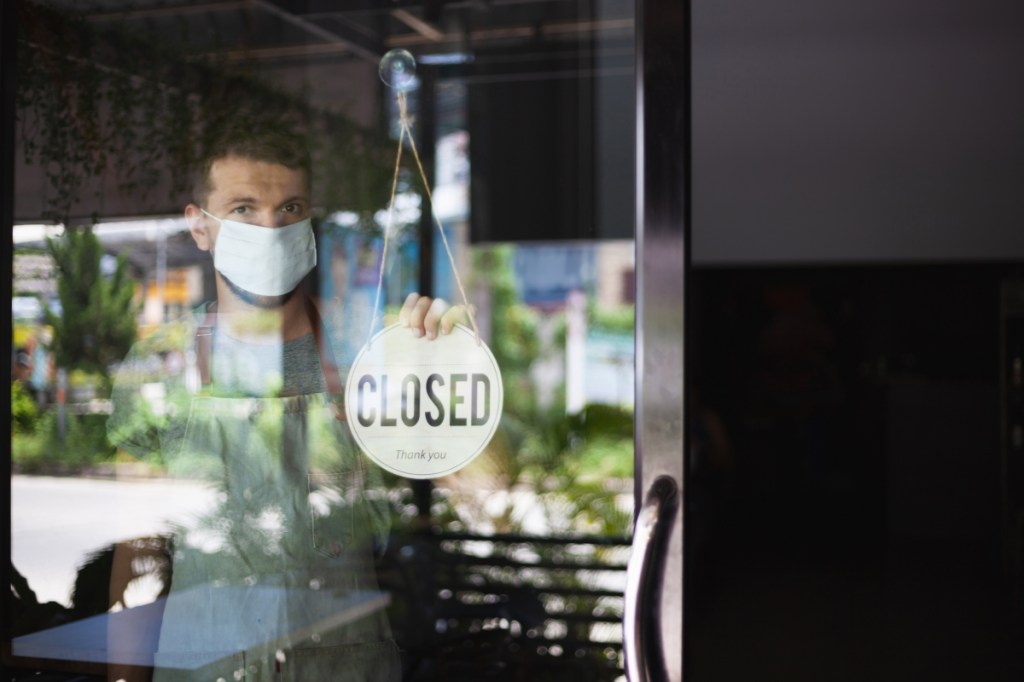Economic activity curtailed by the rising COVID-19 cases moderated the decline of U.S unemployment in November as the rate fell just .1% from October to 6.8%, the Labor Department said on Friday. With nearly 400,000 people making up that .1% drop, the department estimates that 10.7 million Americans are still unemployed, according to the Household Survey Data.
Though that decline marks another pandemic low, its descent was not nearly as steep as the 1% drop seen in October, nor the .9% fall in July. It does, however, mark the second consecutive month unemployment has fallen below half that of April’s 14.7% peak.
Total nonfarm payroll employment rose by 245,000, but remains 6.5% below pre-pandemic February levels.
Private employment gains were largely driven by some of the industries hit hardest by the pandemic – with rises in transportation and warehousing (+145,000) and professional and business services (+60,000), as well as an increased demand for those in the health care sector (+104,000).
Government employment, however, fell by 86,000 – a stat that Mike Fratantoni, senior vice president and chief economist at the Mortgage Bankers Association, chocks up to the loss of jobs tied to the 2020 U.S. census count. Seasonally adjusted employment in the retail trade sector also fell 35,000 this month, a reflection of weaker hiring than would be expected during the holiday season.
“Over the last three months, private sector job gains have averaged 717,000 per month, a slowdown from the rapid recovery over the summer, but still an impressive pace,” Fratantoni said. “However, the pace of improvement is clearly slowing in the face of an uptick in the intensity of COVID-19 cases and the mitigation efforts to slow the spread.
“Certain segments of the economy – particularly in-person service sector jobs – are going to be slower to come back from this environment,” Fratantoni said.
Residential construction (including specialty trade contractors) posted a gain of approximately 15,000 this month, a sector Doug Duncan, chief economist at Fannie Mae, said will need further job gains to help ease supply constraints in this industry.
“Furthermore, the labor force participation rate fell two-tenths in November, reversing some of last month’s increase, potentially a reflection of some discouraged jobseekers giving up on finding new employment,” Duncan said. “The number of people on temporary layoff continued to decline as well, falling by 441,000, a much smaller decline than in October, and the number of people experiencing a permanent layoff was essentially unchanged.”
Though November posted moderate numbers, Fratantoni said the MBA does expect that ongoing improvements to the job market will bolster a record year for 2021 in the housing sector.
According to Odeta Kushi, deputy chief economist at First American, the only major sector to display immunity to the economic impacts of the coronavirus is in fact the housing market.
“This is largely due to the fact this has been a services-driven recession, disproportionally hurting younger, lower wage renters that are less likely to be homeowners or home buyers,” Kushi said. “Total low-earning job losses in the third quarter were down 9.6% relative to the first quarter, while total high-earning job losses were only down 2.7%. “
This bifurcated landscape has allowed potential homeowners who are still employed to channel increased savings toward buying a home and take advantage of record low mortgages. While the labor market bifurcation has allowed demand to remain strong, the housing market continues to suffer from a dearth of supply following years of under building, according to Kushi.
“Since more hammers leads to more homes, the continued rise in residential construction employment was welcome news for a housing market in desperate need of more supply,” said Kushi.
Several key pandemic programs are set to expire in less than a month, including a suite of unemployment insurance programs established in the CARES Act. A recent analysis by the Economic Policy Institute found extending and reinstating enhanced jobless benefits through 2021 could save or create 5.1 million jobs, boost GDP by 3.5% and increase total personal income by more than $440 billion.
However, those factors are in addition to getting the virus under control.





